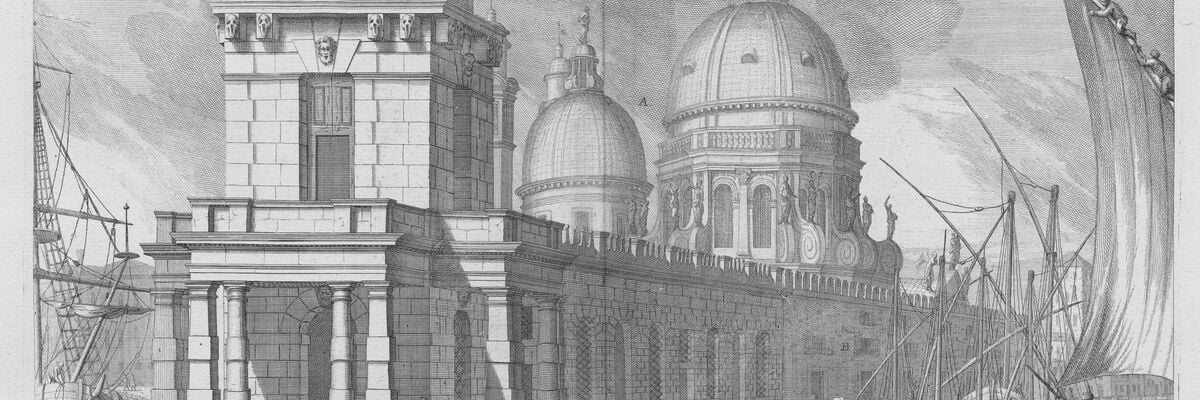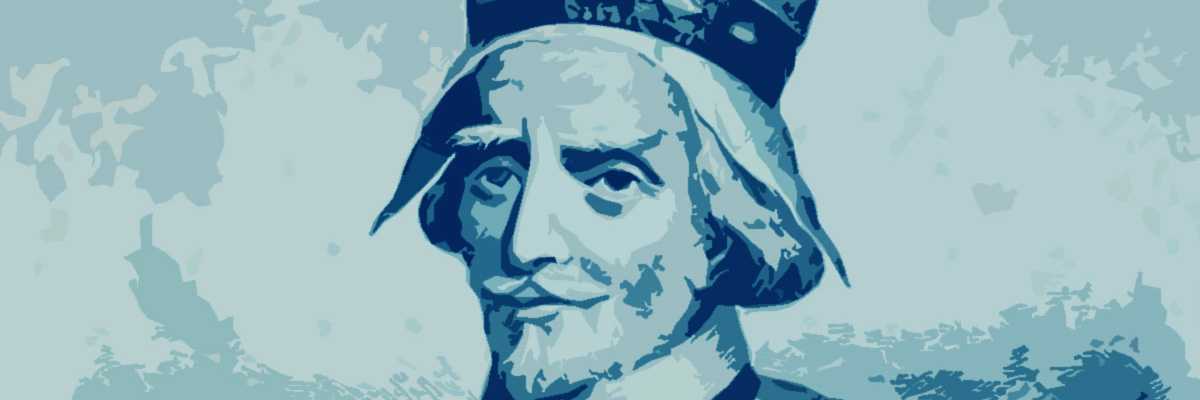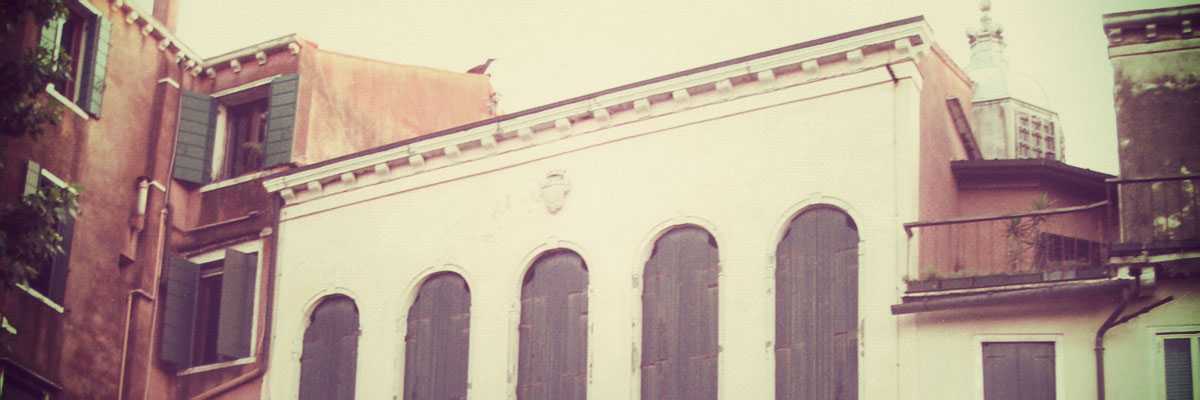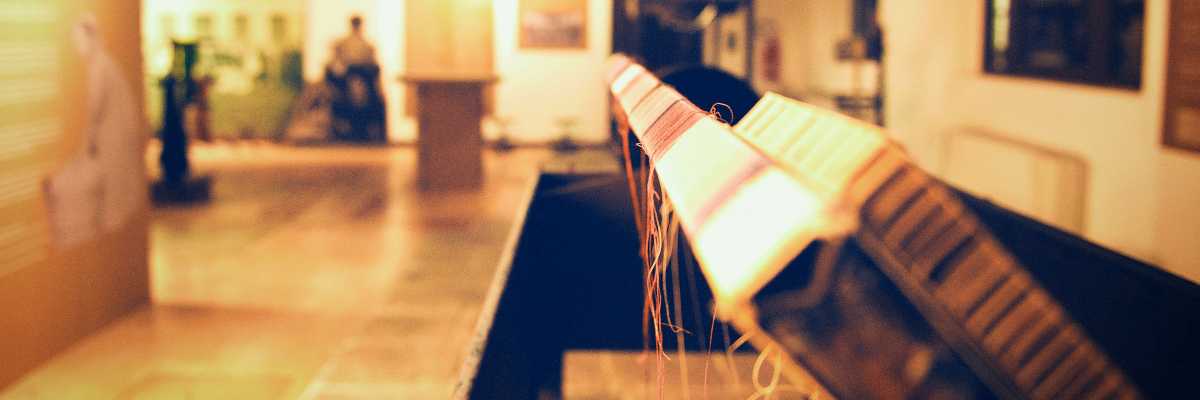In Venice, all goods were unloaded and placed on the scales in San Biagio di Castello.
However, due to the large turnout, the space became insufficient and from 1414 two customs offices were used, built specifically for the need: one for goods coming from the sea and one for those coming from the mainland. The latter was built in Rialto, while the current Punta della Dogana was built on a strip of land formed by mud and swamp a few hundred years earlier.
For this reason the name Dogana da Mar.
Punta del Sale instead takes its name from the salt stor
Already subscribed? Login →
Continue reading:
7,99€ per month, or 59€ per year
Invest in culture, in beauty, in a better future.
You can unsubscribe whenever you want.
or





